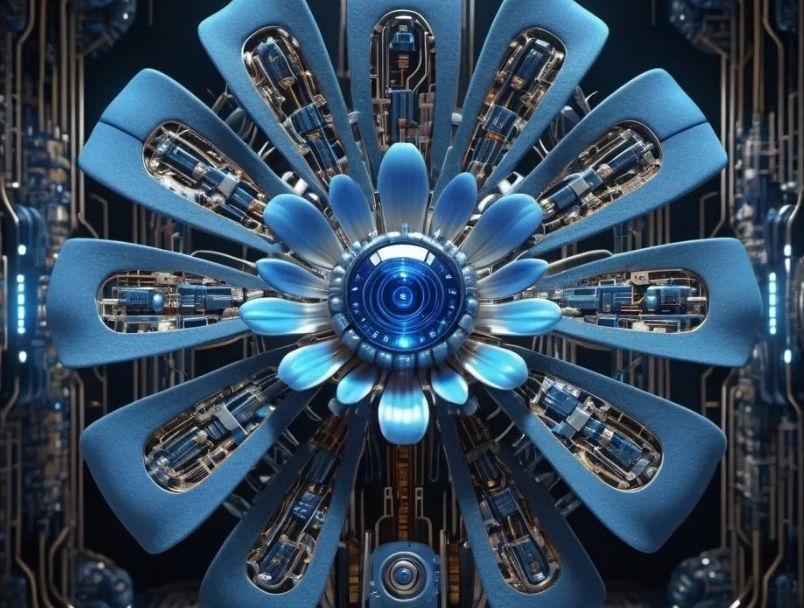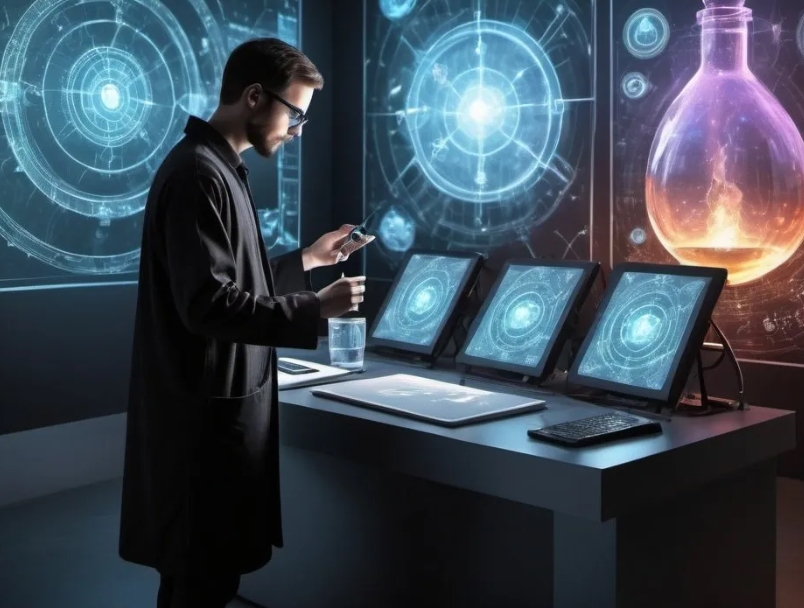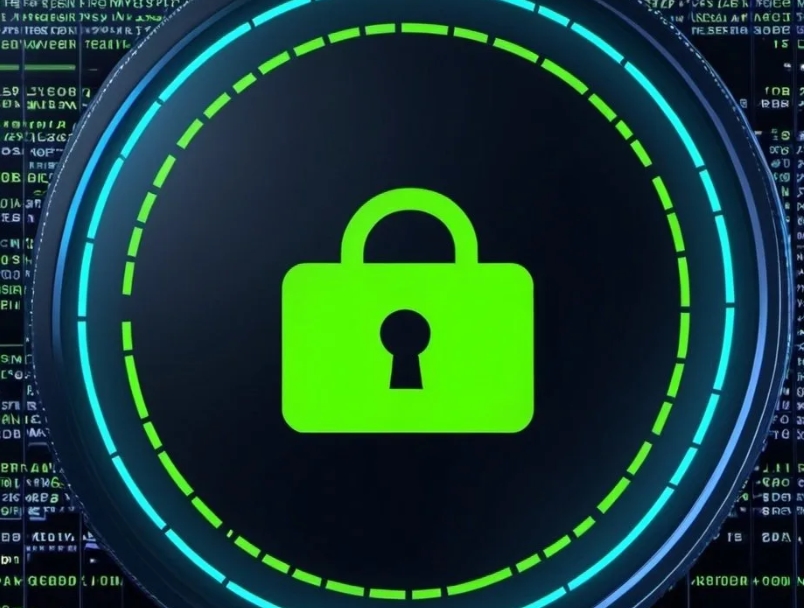
The fusion of artificial intelligence and robotics is ushering in a new era of technological advancement. As AI continues to evolve, it's dramatically enhancing the capabilities of robots, leading to unprecedented innovations across various sectors. Let's delve into the exciting developments shaping the future of AI-powered robotics.
1. Enhanced Autonomy and Decision-Making
AI is enabling robots to make complex decisions and operate autonomously in dynamic environments. This advancement is particularly evident in:
- Self-driving vehicles navigating urban landscapes
- Warehouse robots optimizing inventory management
- Agricultural drones monitoring crop health and making real-time adjustments
2. Human-Robot Collaboration
The integration of AI is fostering more natural and intuitive human-robot interactions:
- Cobots (collaborative robots) working alongside humans in manufacturing
- AI-powered exoskeletons enhancing human capabilities in construction and healthcare
- Social robots assisting in elderly care and education
3. Advanced Perception and Environmental Understanding
AI algorithms are significantly improving robots' ability to perceive and understand their surroundings:
- Computer vision systems enabling robots to identify objects and navigate complex environments
- Natural language processing allowing for more seamless voice-based interactions
- Tactile sensors providing robots with a sense of touch, crucial for delicate tasks
4. Adaptive Learning and Continuous Improvement
Machine learning algorithms are enabling robots to learn from experience and improve their performance over time:
- Robotic process automation (RPA) systems that optimize workflows based on data analysis
- Industrial robots that can learn new tasks through demonstration and practice
- AI-powered maintenance systems that predict and prevent equipment failures
5. Ethical and Societal Implications
As AI-powered robotics advance, important ethical and societal questions arise:
- Ensuring responsible AI development to prevent unintended consequences
- Addressing potential job displacement and the need for workforce reskilling
- Developing regulatory frameworks to govern the use of autonomous robots in public spaces
Conclusion
The future of AI-powered robotics is brimming with potential. From revolutionizing industries to enhancing our daily lives, these intelligent machines are set to play an increasingly significant role in shaping our world. As we continue to push the boundaries of what's possible, it's crucial to approach this technological frontier with a balance of innovation and responsibility.
The coming years promise exciting advancements in AI-driven robotics, and their impact will likely touch every aspect of our society. Stay tuned as we witness the unfolding of this technological revolution.
american-boffin.com
bfbchamp.com
democraticcoma.com
tigrepelvar.com
charpoles.com
derbywheelblazers.com
fansfocus.net
guildnow.com
hediyeteyze.com
isprimecdn.com
kiira-korpi.net
manutd24.com
mediumtylerhenry.com
mishanghai.org
savethreestrikes.com
smilesbydavis.com
10puntos.net
band-shirt.com
icelandtrails.com
paulmarioday.com
thefunnynanny.com
Dave Tries Ballet
Buon Grande
Criacao Sites
Perry Perkins Books
Writing Essay in AU
Ka Soku
Blood is Blood Movie
Eleanor Writes Things
The Happy Prince Beirut
Town of Witless Bay
Online Igrovoi Club
Trigeminal Neuralgia - Ronald Brisman MD
Chocolate City Burlesque
Advanced Electric Scooters
W Tougei
Breadboard Maniac
Takasu App



